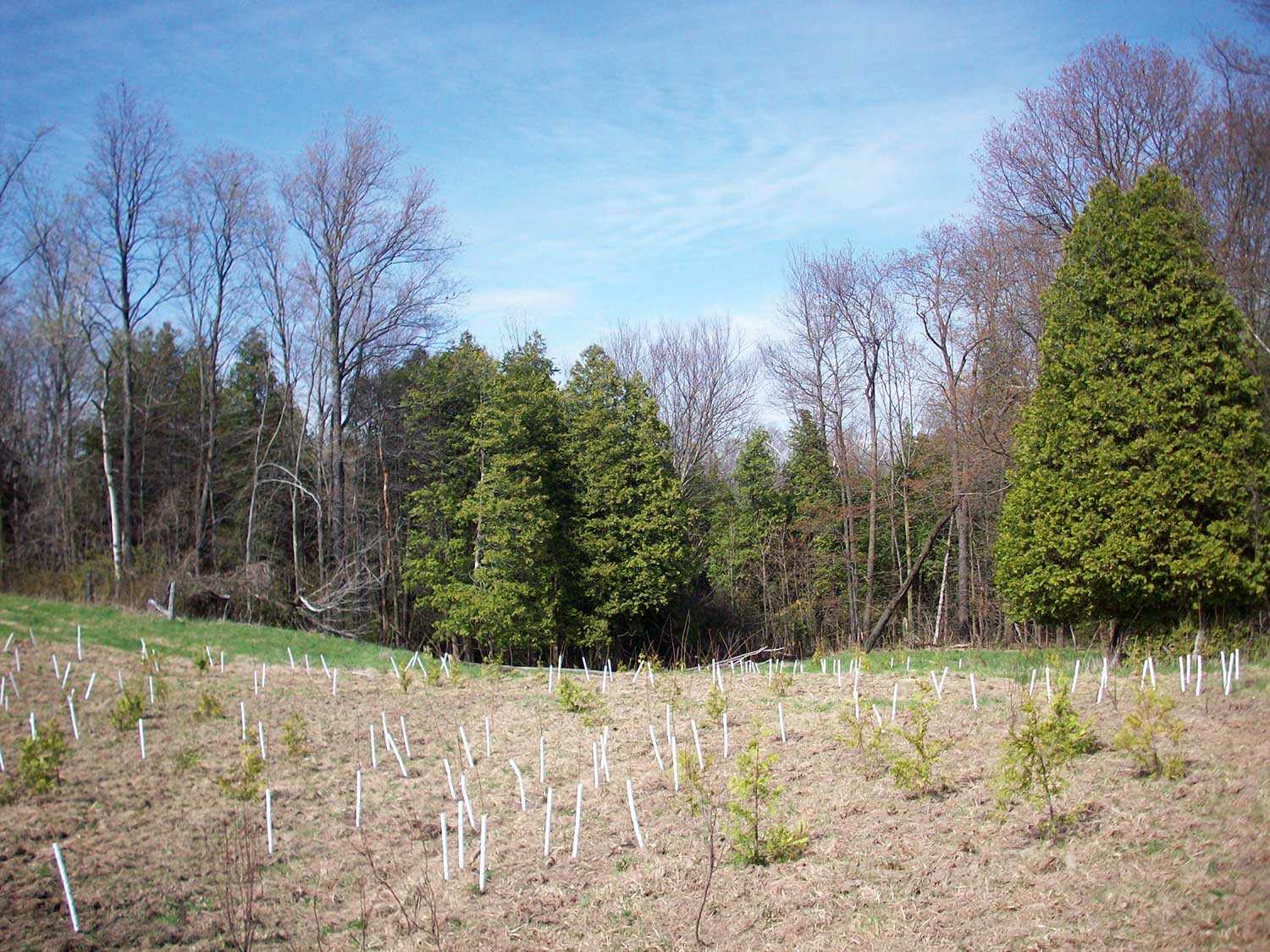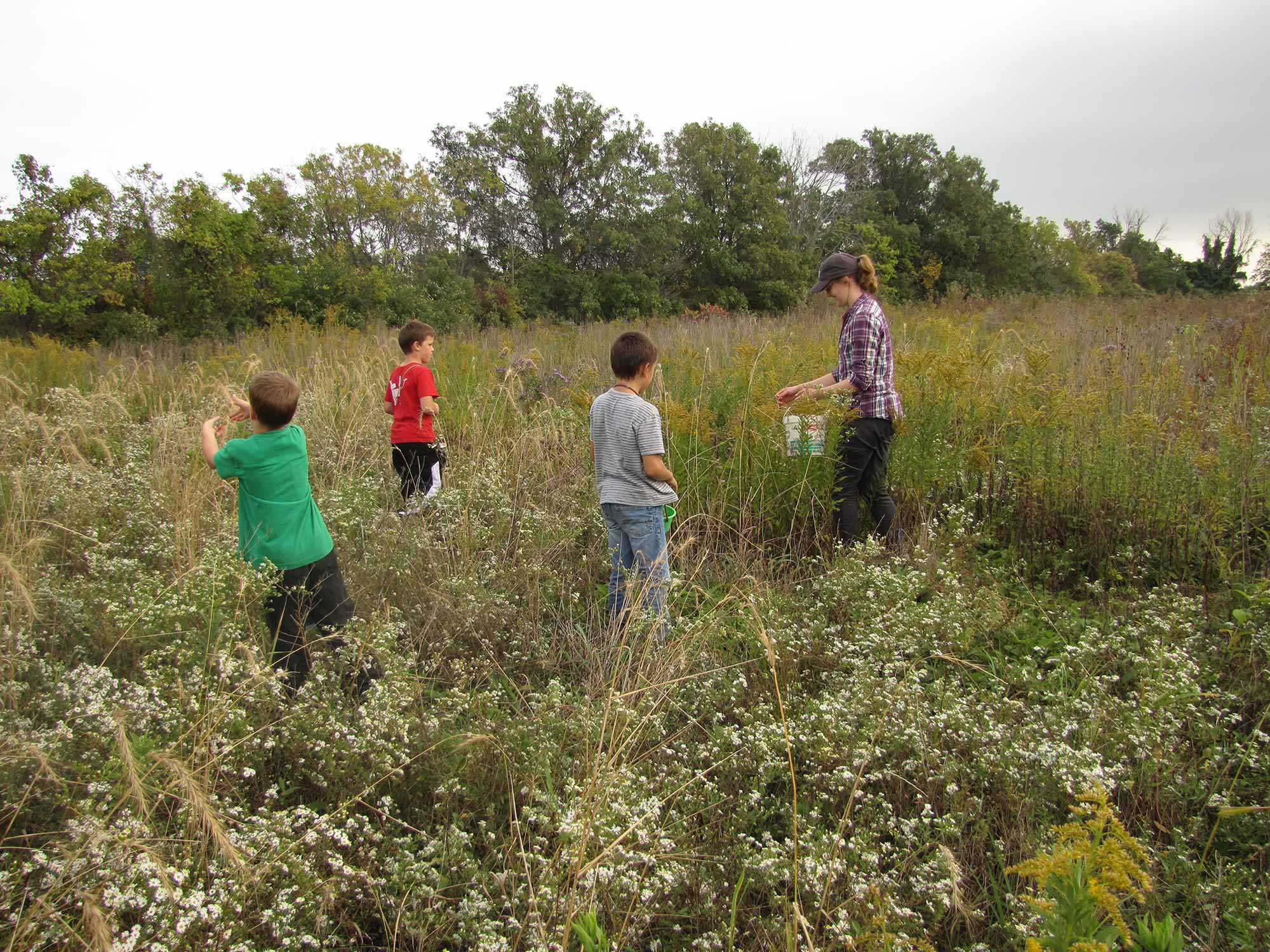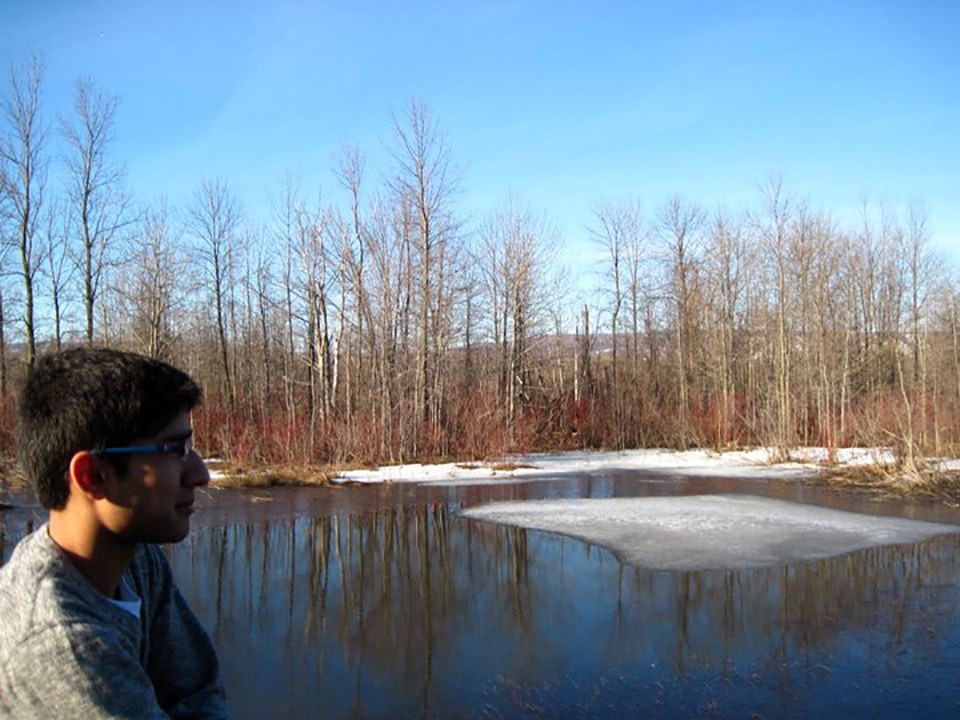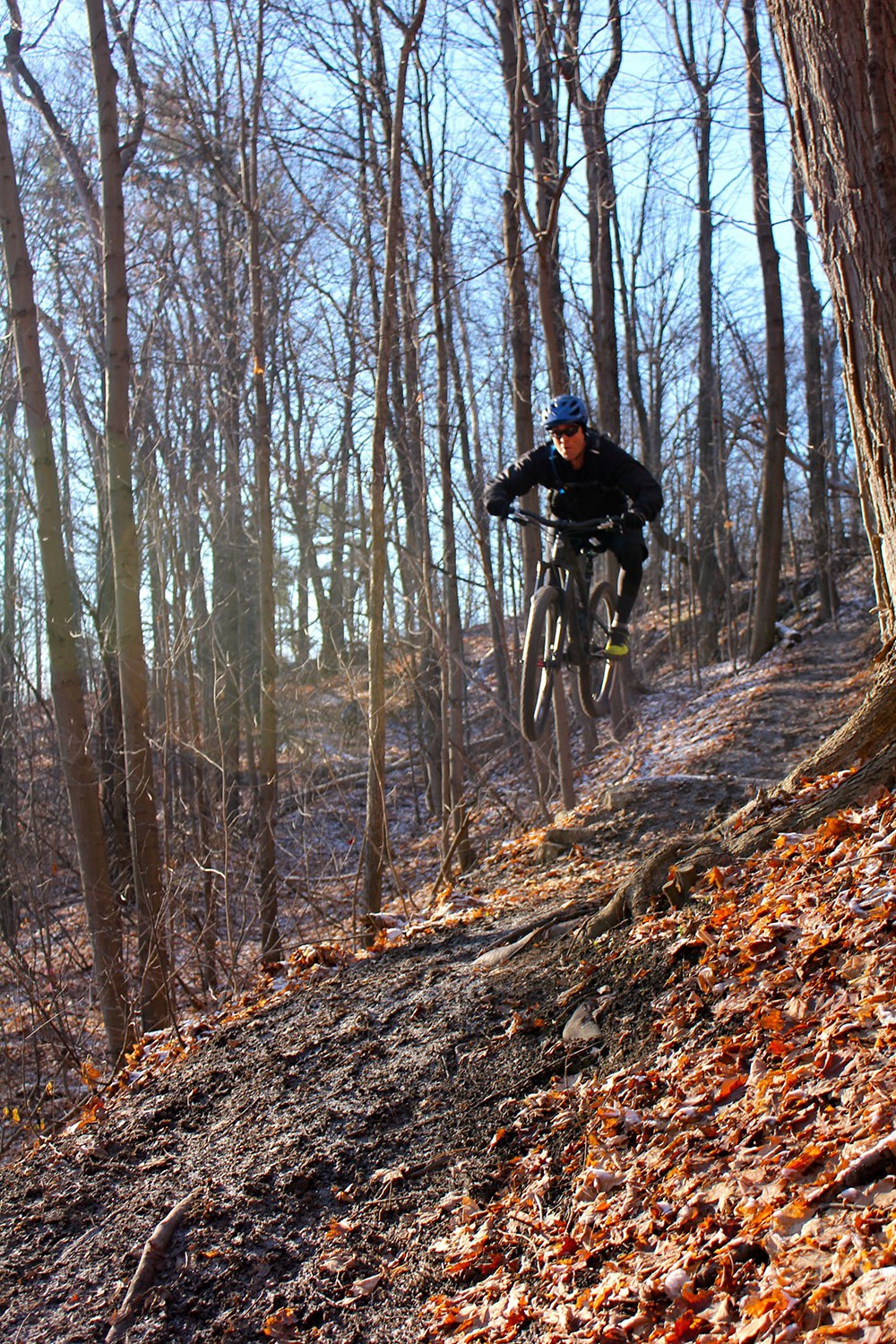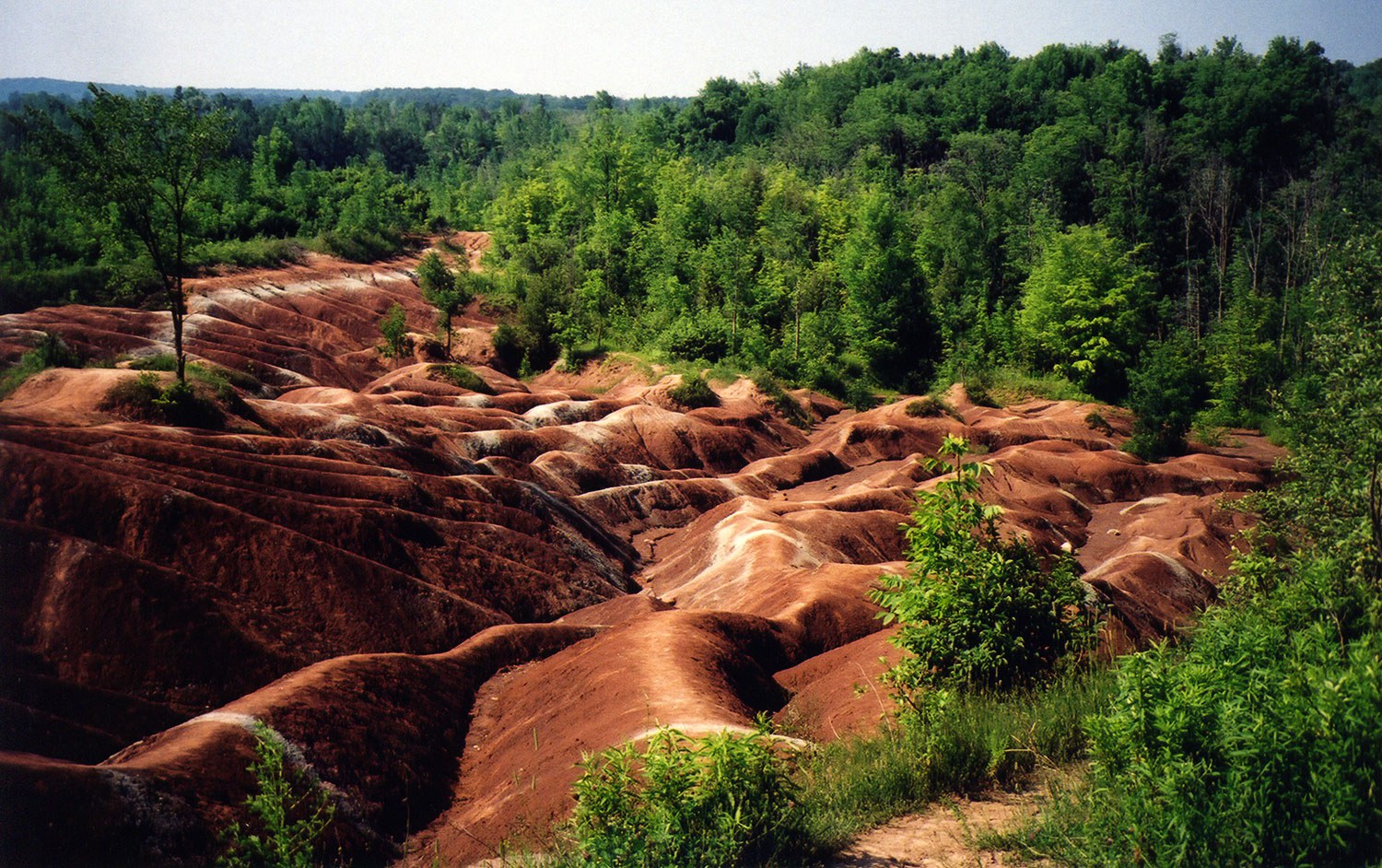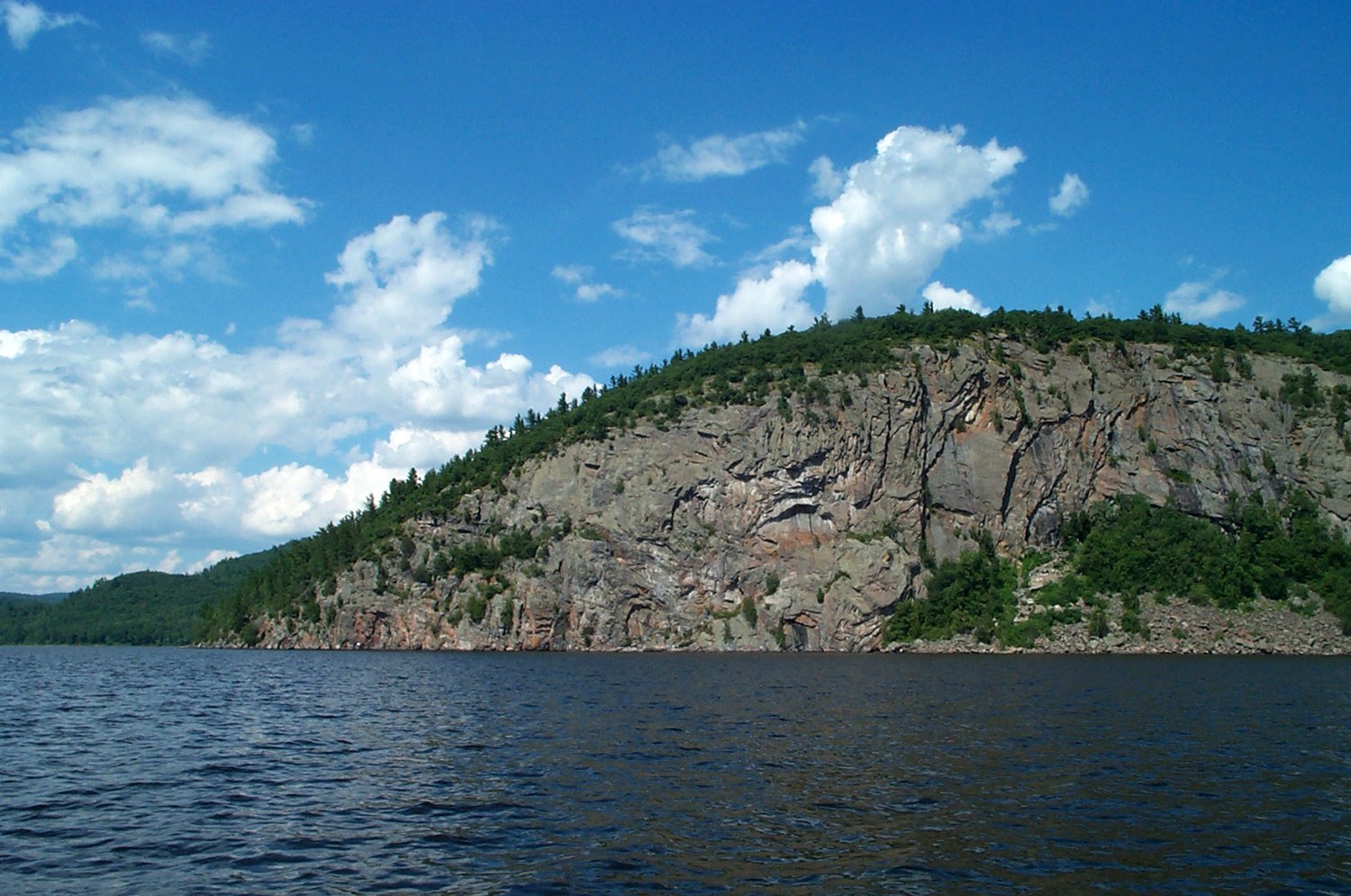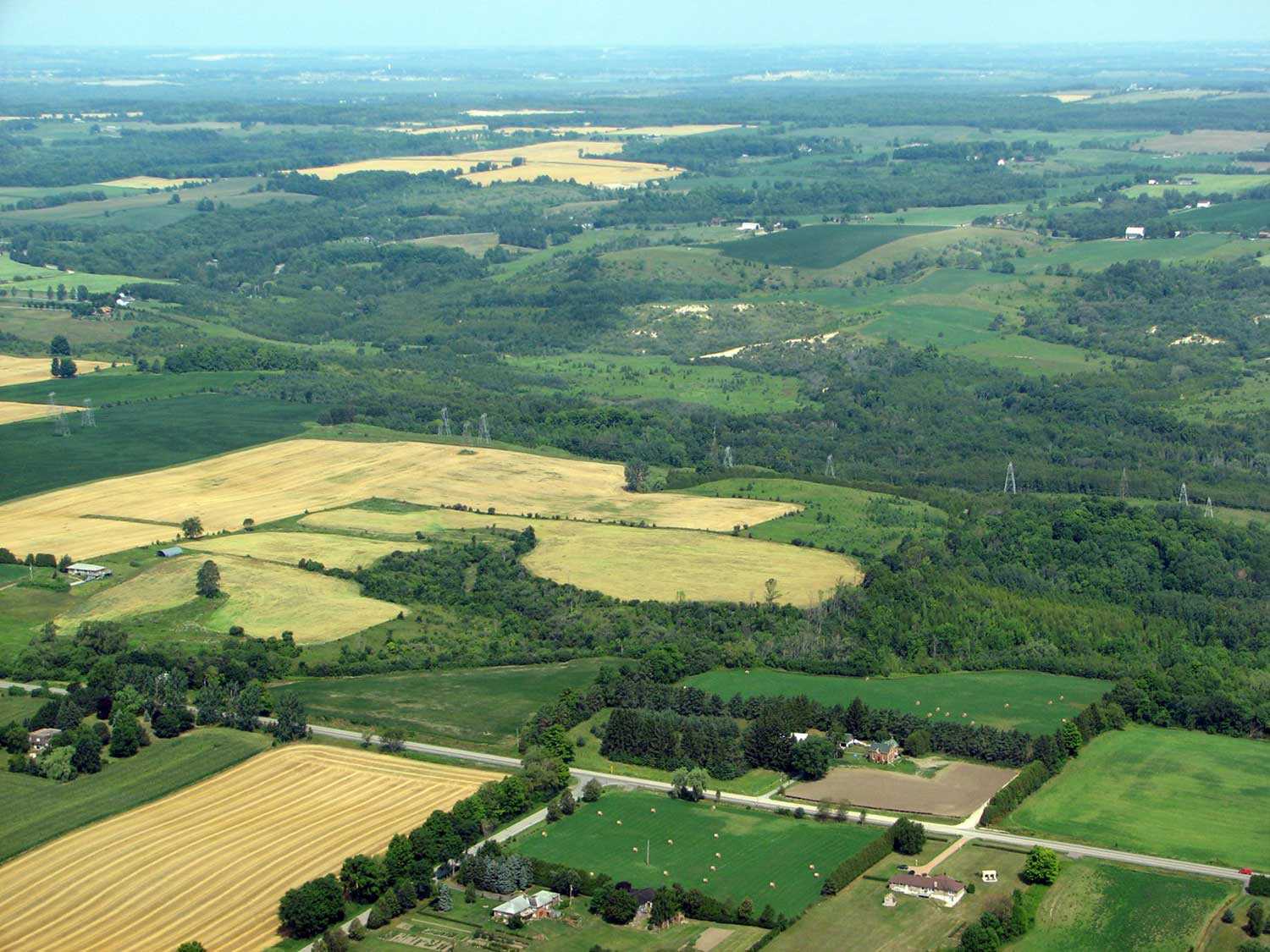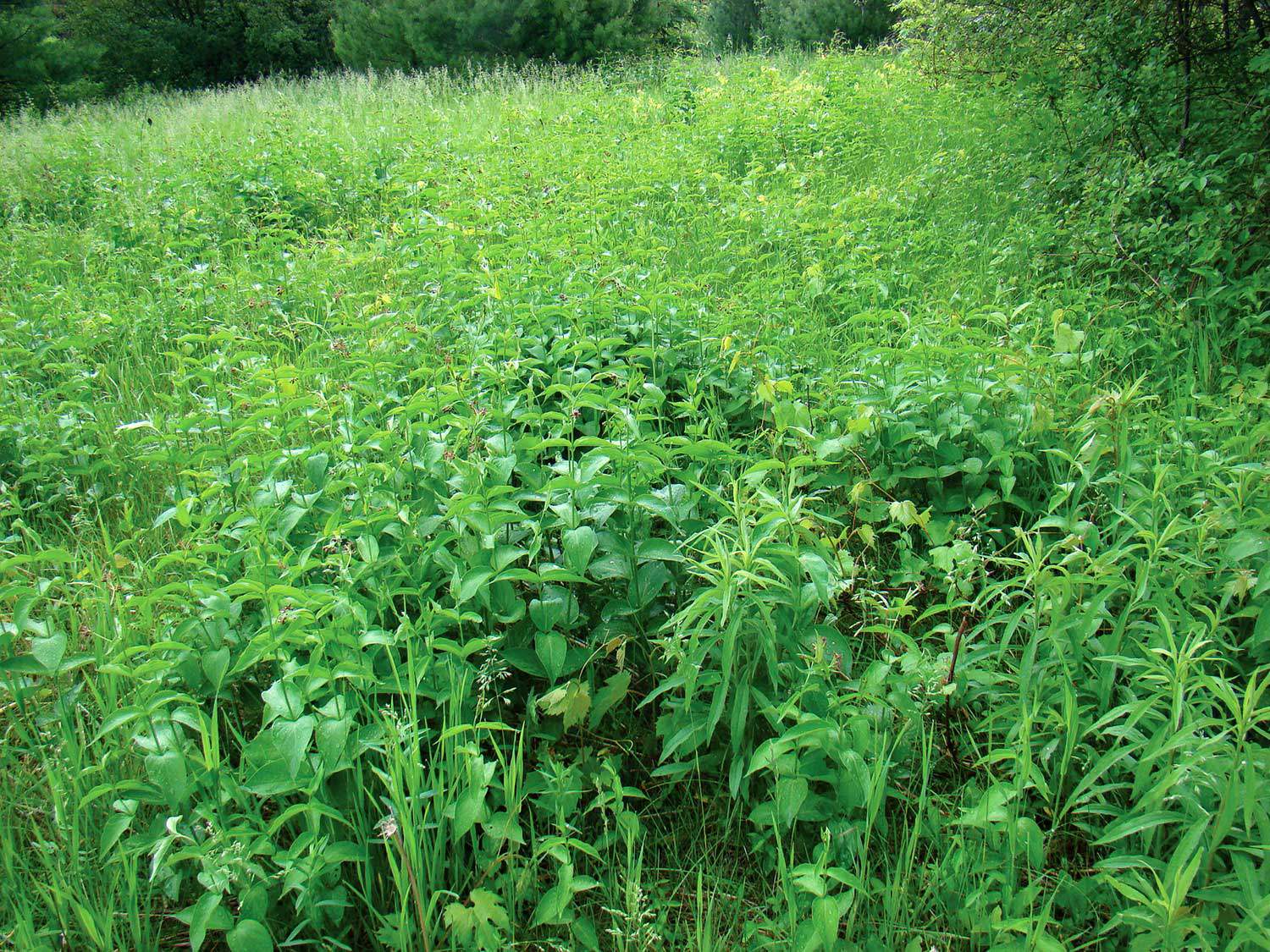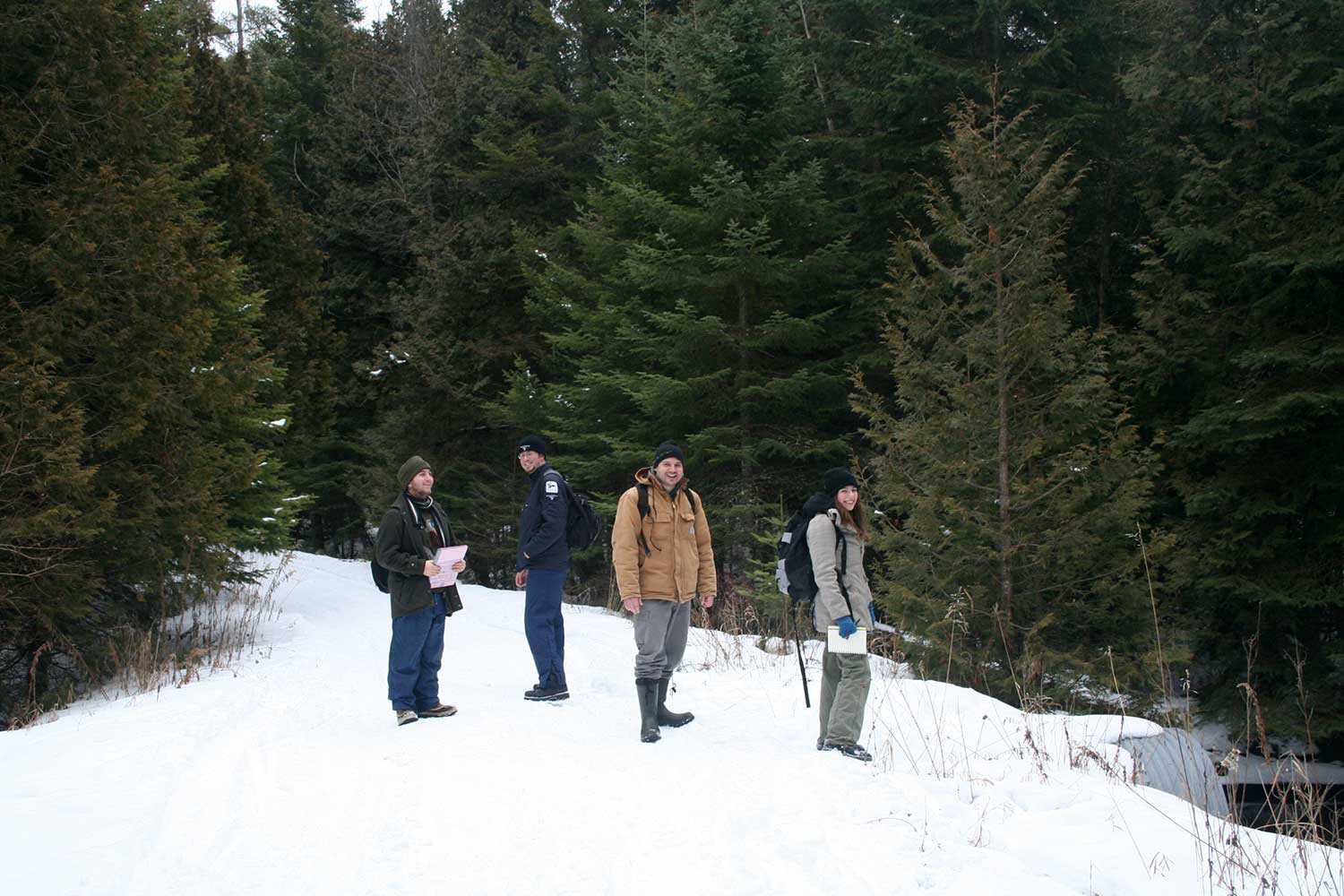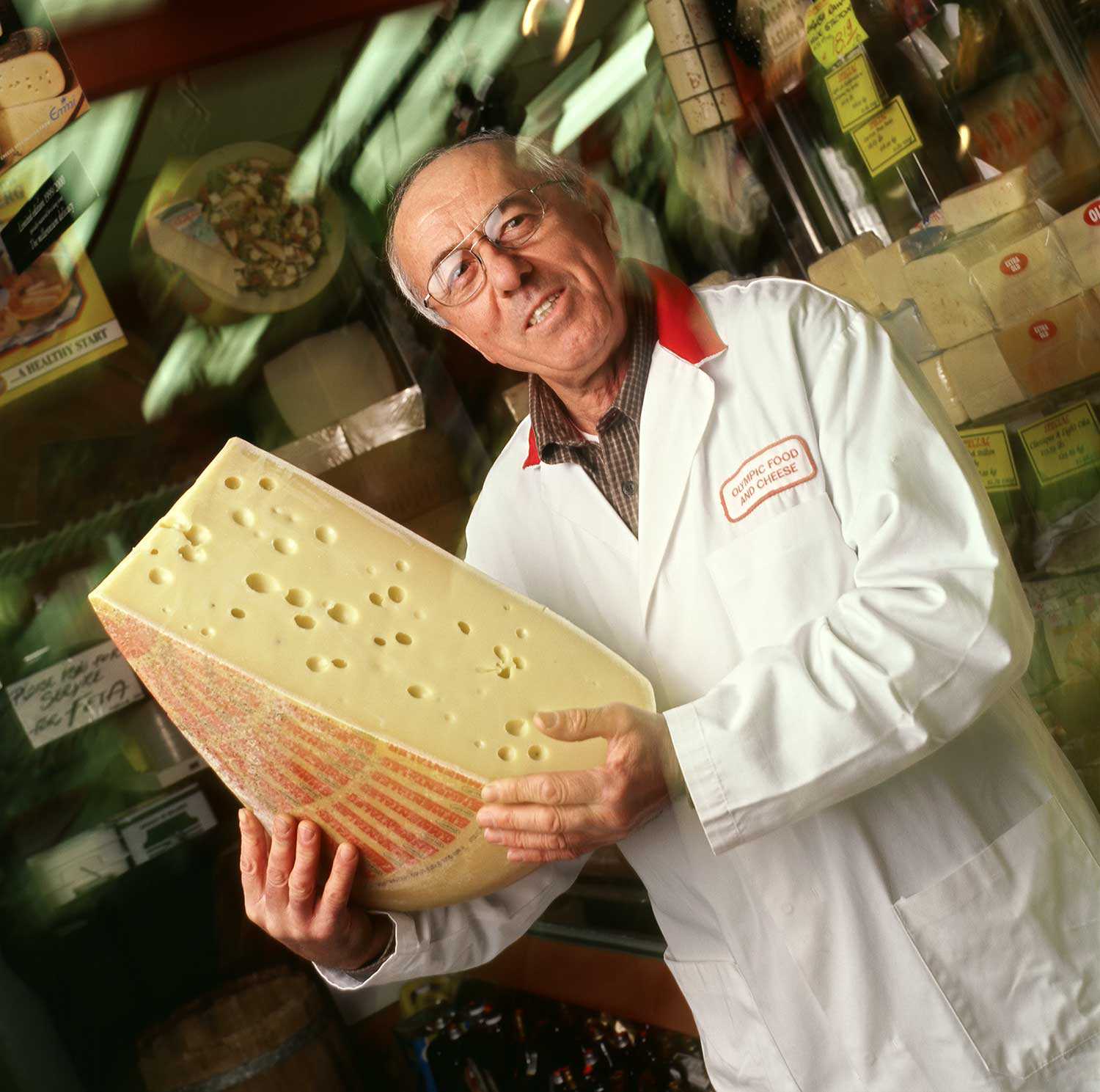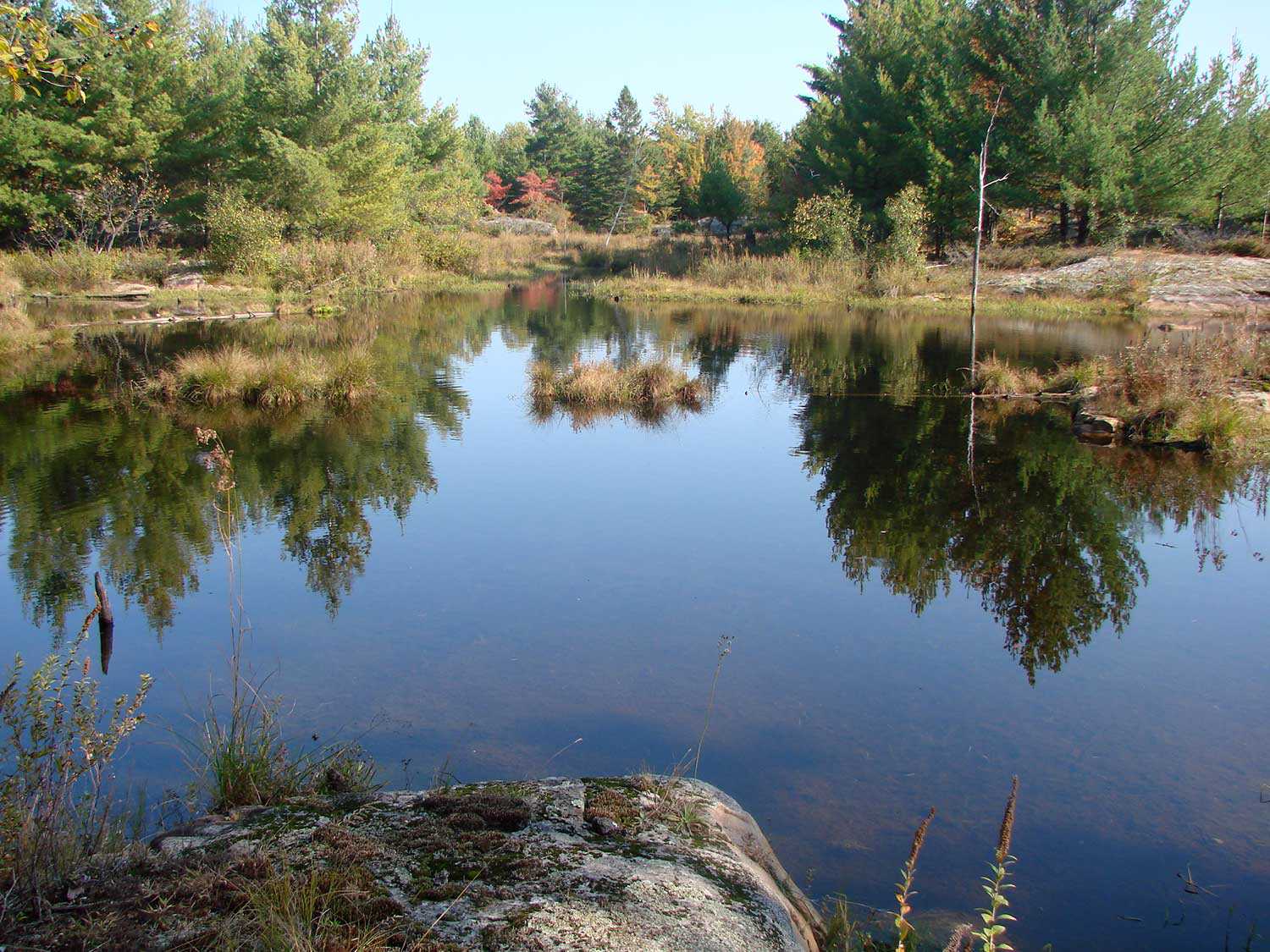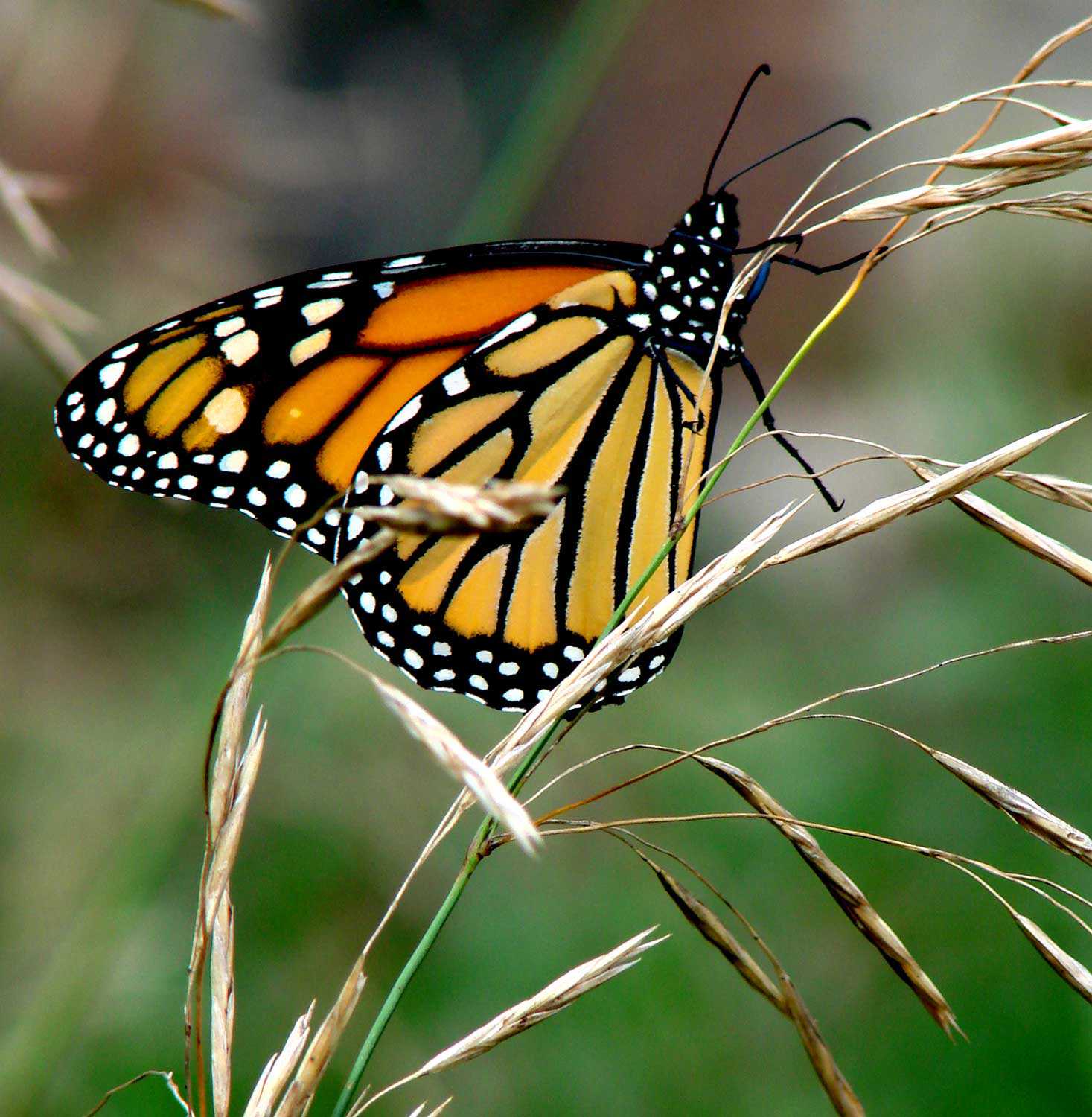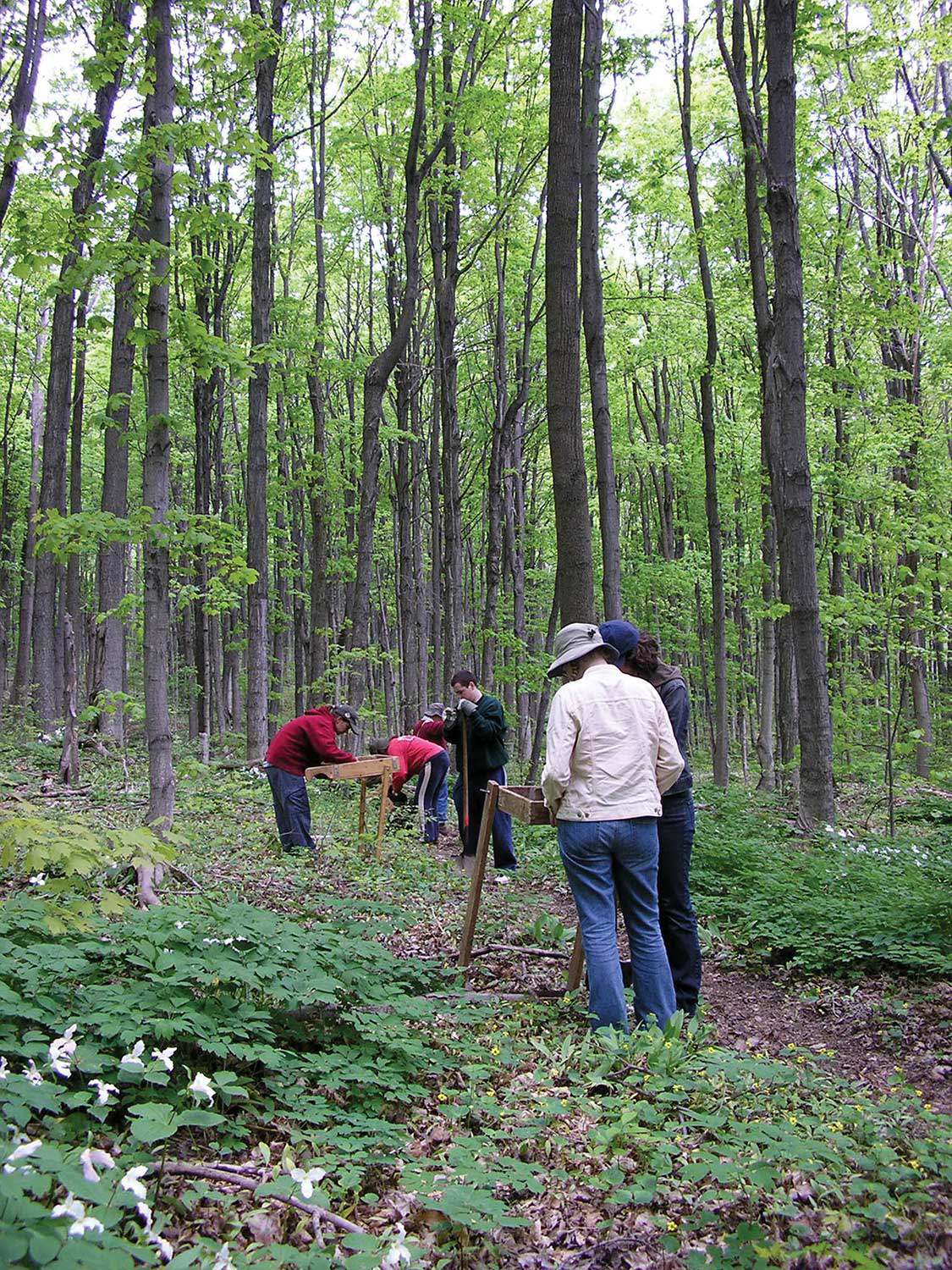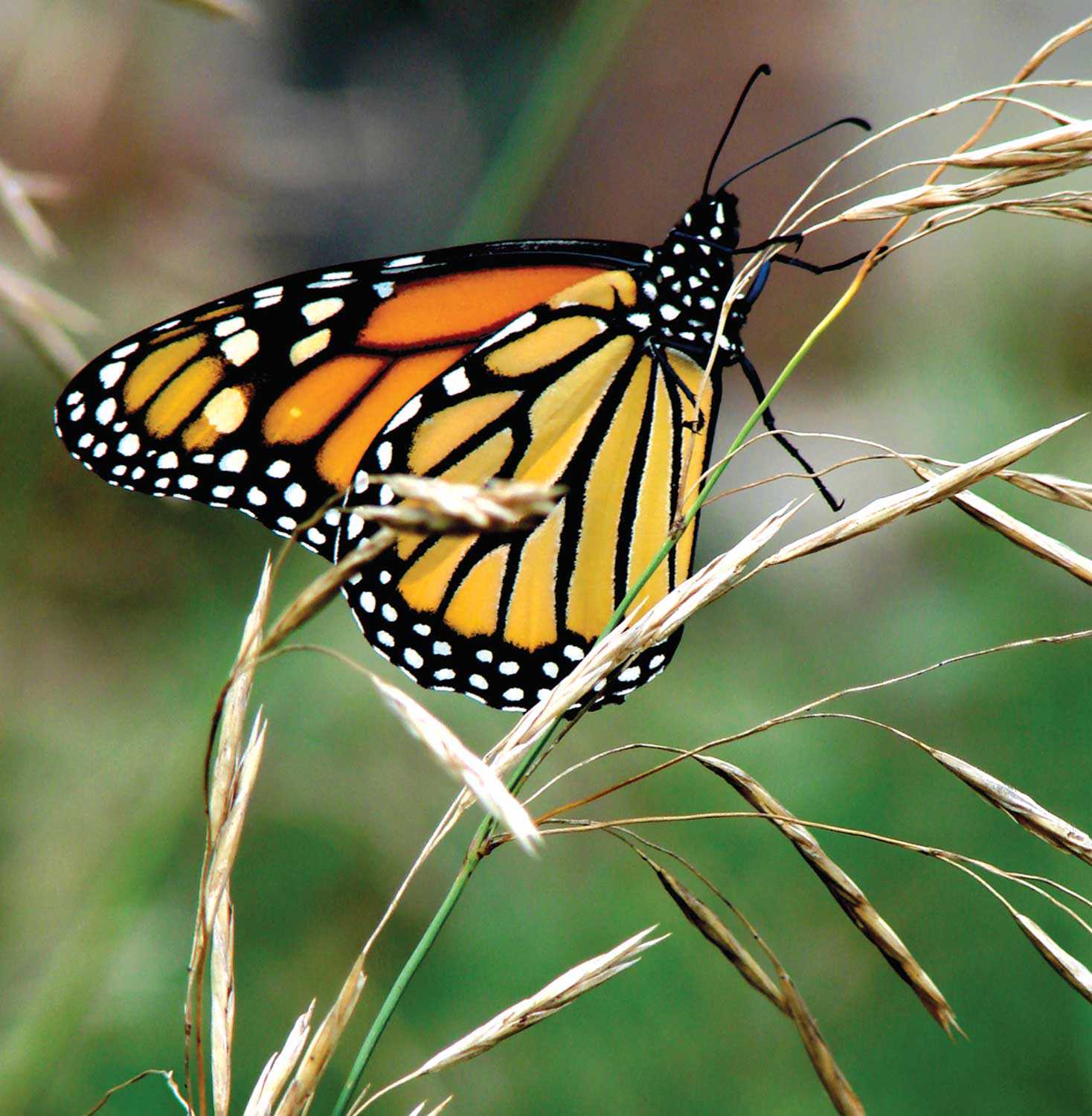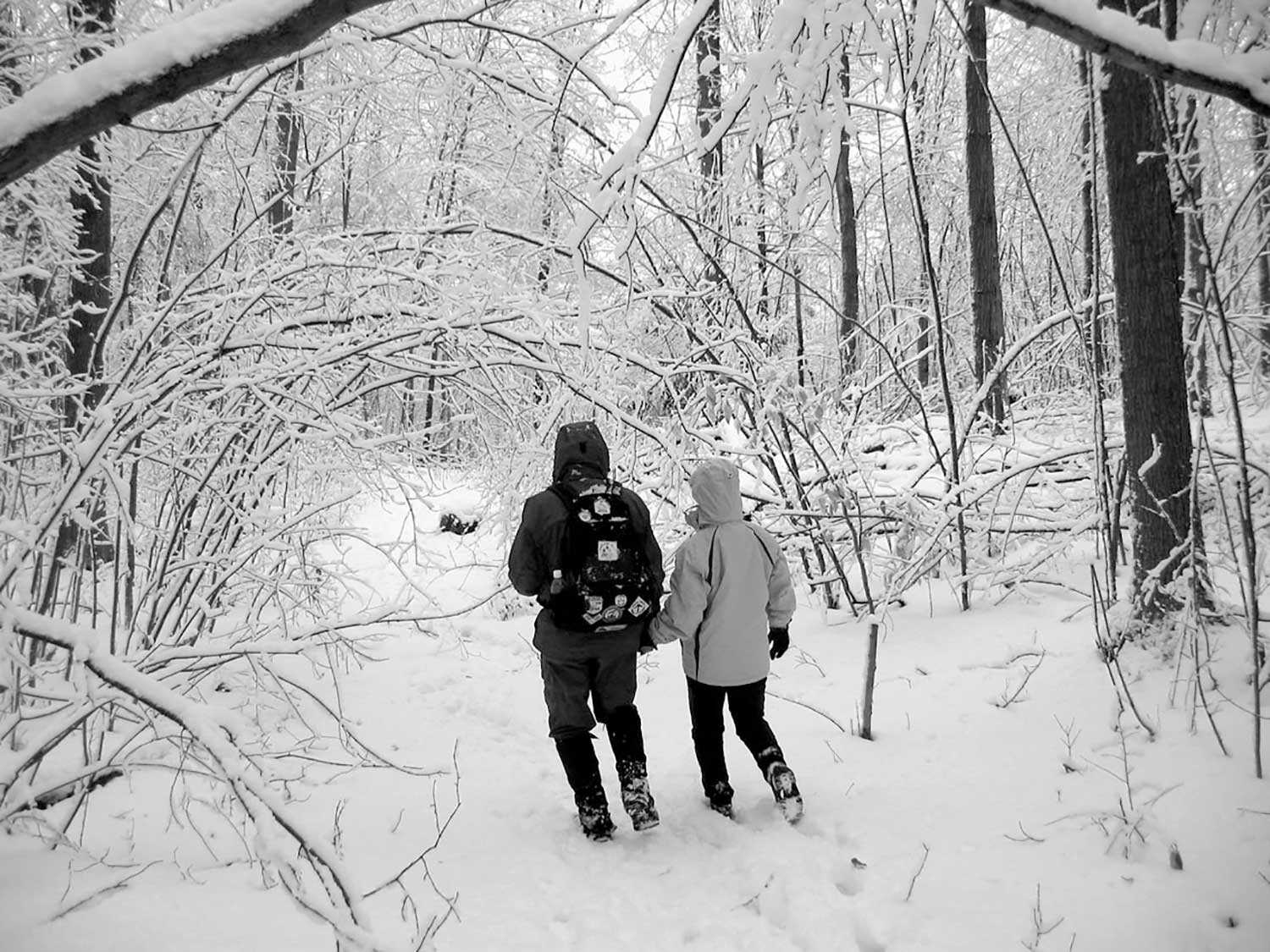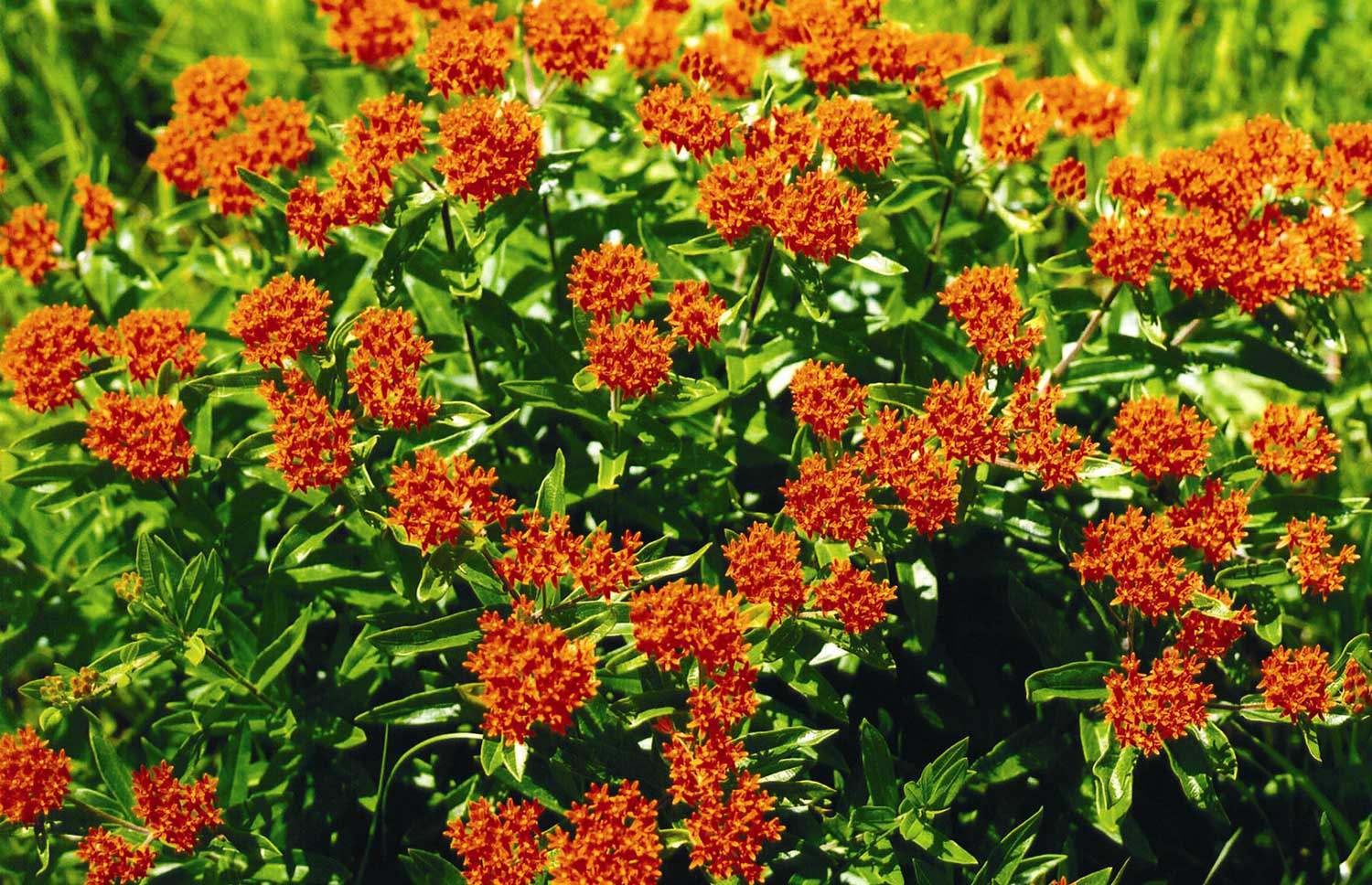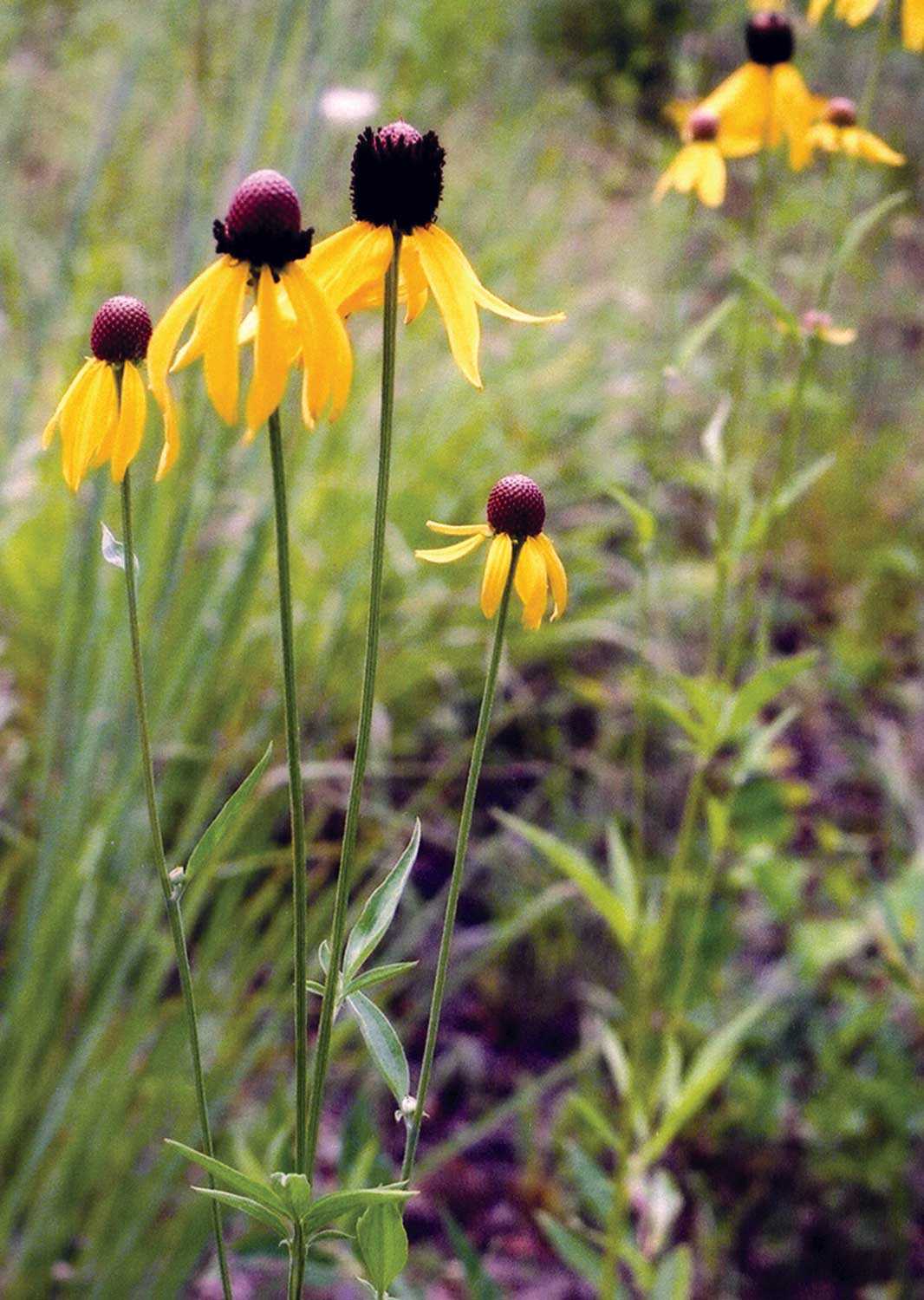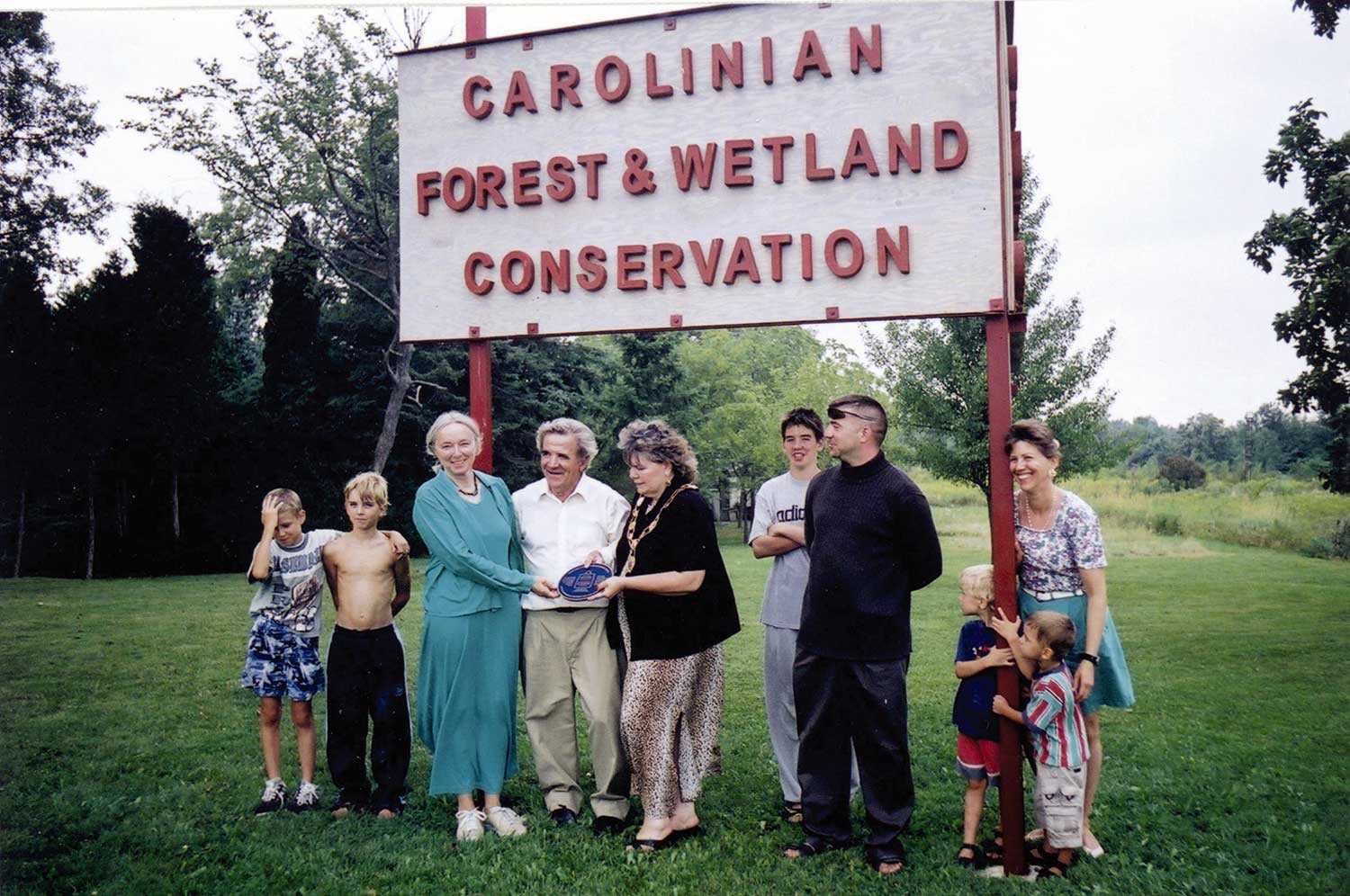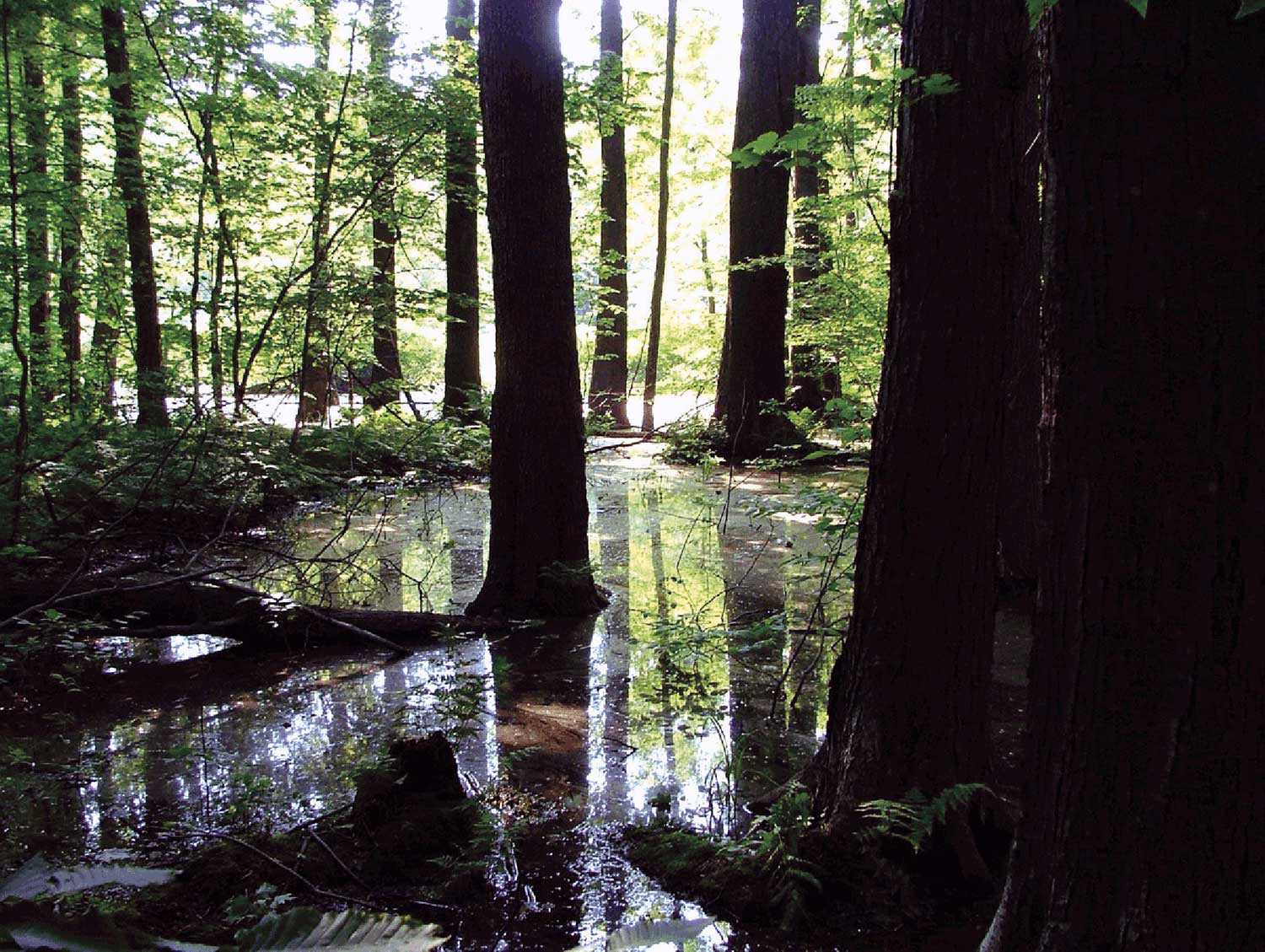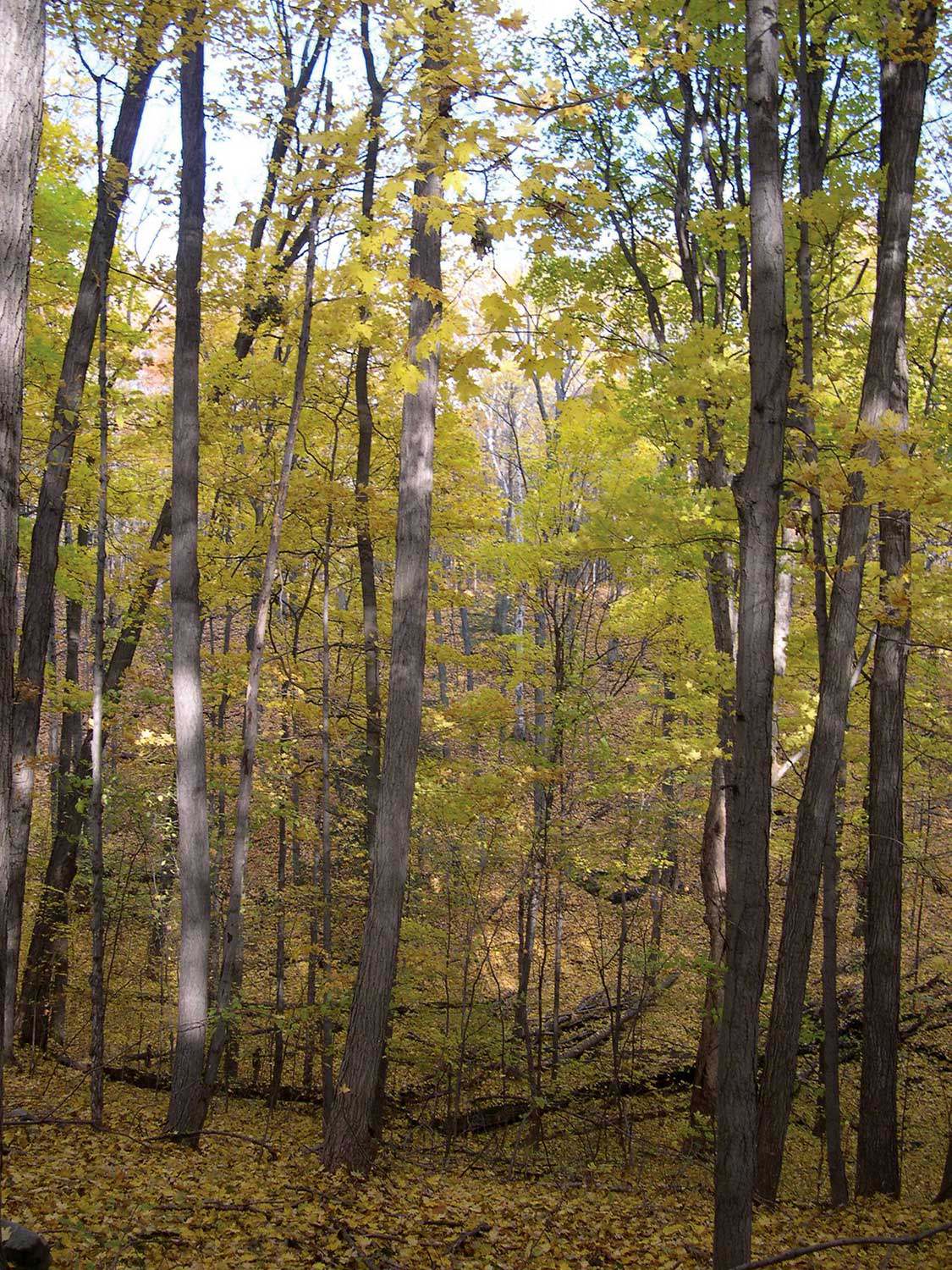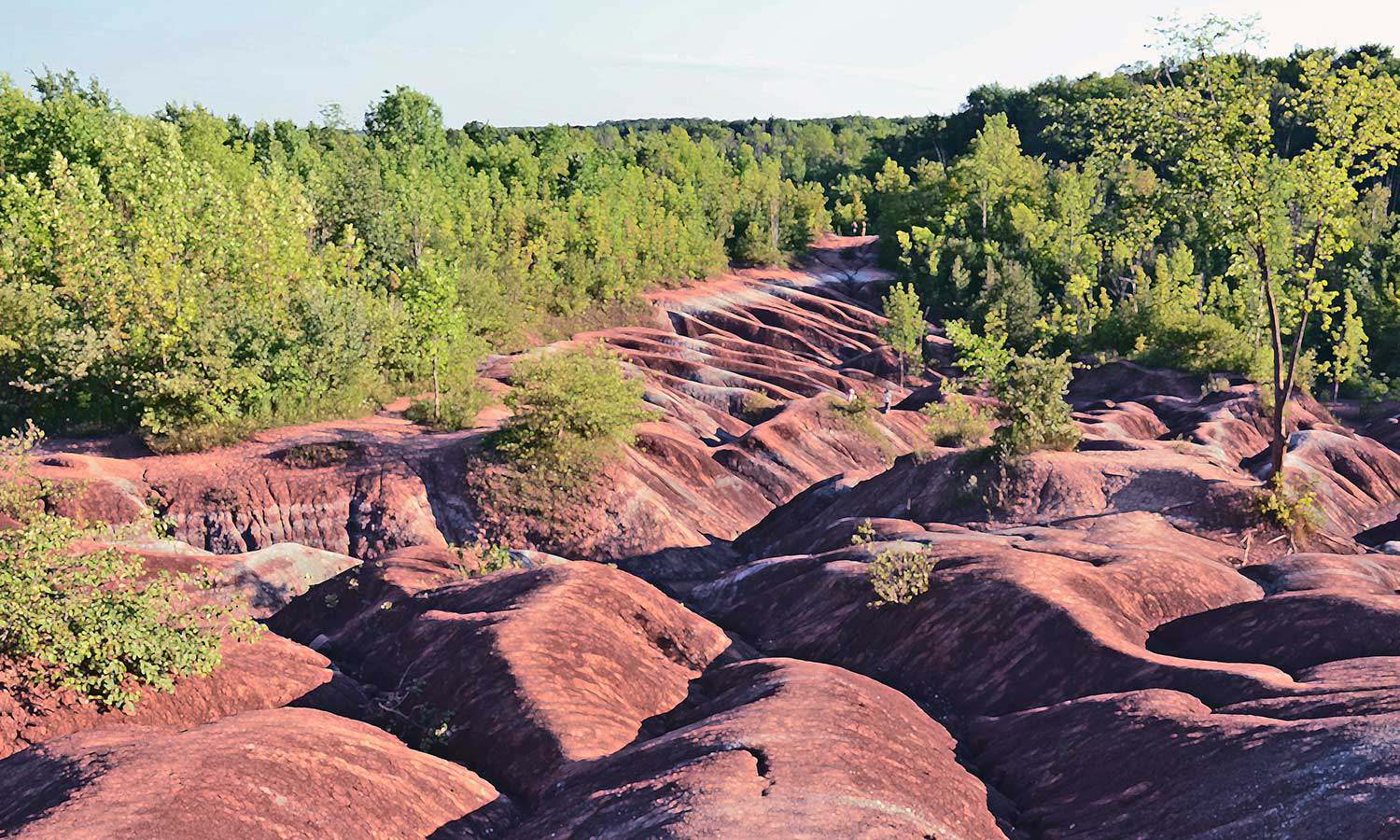

Browse by category
- Adaptive reuse
- Archaeology
- Arts and creativity
- Black heritage
- Buildings and architecture
- Communication
- Community
- Cultural landscapes
- Cultural objects
- Design
- Economics of heritage
- Environment
- Expanding the narrative
- Food
- Francophone heritage
- Indigenous heritage
- Intangible heritage
- Medical heritage
- Military heritage
- MyOntario
- Natural heritage
- Sport heritage
- Tools for conservation
- Women's heritage
New life for an old property
Heritage restoration is not limited to old buildings. Natural heritage properties, too, can be restored or adapted to new uses for future generations to enjoy. Such is the case with the Blair property, a parcel of land owned by the Ontario Heritage Trust since 1976, farmed for over 100 years and now stewarded by the Toronto and Region Conservation Authority.
In 2008, the Authority and the Trust entered into an agreement to restore a portion of the Blair property for upland terrestrial habitat. Historically, the site was cleared for agricultural use; most recently, it was used as a pasture. The Authority and the Trust, however, deemed it inhospitable for agriculture because of its hilly topography, sandy soils and erosion problems. In 2008, it was slated for restoration, which began in subsequent years.
The existing cover on and around the site was open meadow, upland deciduous and lowland swamp. A tributary of the Humber River runs adjacent to the southern portion of the site, and the habitat adjacent to the Blair property is excellent. Species that have been identified on the site include ruffed grouse, grey tree frog, pine warbler, mourning warbler and bobolink. Restoration efforts focused on increasing the size and connections of the existing habitat.
The majority of the restoration work involved planting the area with a mixture of native trees and shrubs in both the sloped and the low-lying areas. Species planted included: silver maple, sugar maple, eastern white cedar, red osier dogwood, cherry, trembling aspen, eastern cottonwood, nannyberry and serviceberry. Seedlings were planted within the tableland (plateau) areas. Large woody debris was brought in and strategically placed in the tree and shrub areas to surcharge the site with the organic structure that had been stripped away when the property was used for agriculture. Further work on the site will include installing nest boxes for songbirds in the open areas and for owls in the property’s existing forest habitat.
The site has been monitored in the past two years for planting success. So far, the plantings are doing well, with about a 70 per cent to 80 per cent rate of success. Monitoring will continue in the years to come.

